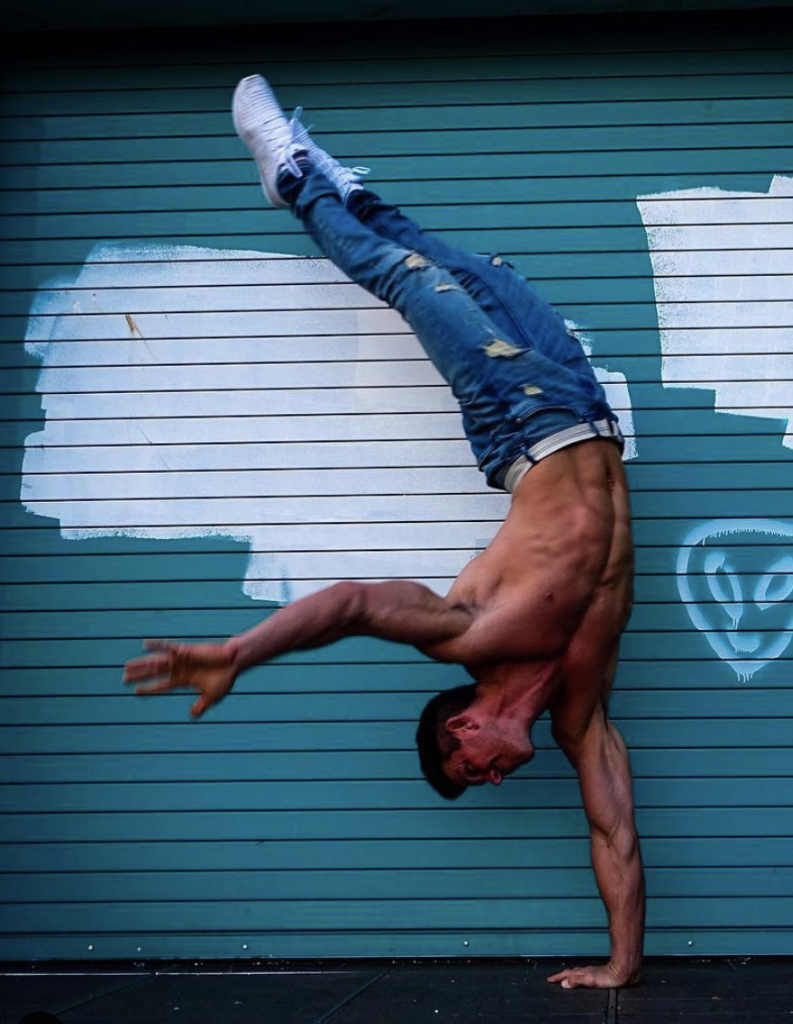Power Lifting
Power Lifting is a common style among athletes who want to gain mass, muscular strength, and short bursts of power. When power lifting it is always important to make sure you understand the proper form and technique for safe lifting. Some of the exercises include bench press, snatch, starters, etc.
Cardio
Cardio is always an important aspect to a healthy life style and maintaining a healthy body weight. When people think of cardio they tend to limit it to just running or biking, which are great exercises for cardio vascular strength. However, there are plenty more exercises that incorporate a lot of cardio such as jumping jacks, jump rope, rowing, high knees, bosu ball taps, etc.
Endurance
Muscular endurance is necessary for any athlete, lifter, active, or adventure person. Gaining muscular endurance allows you to continue your exercise for a longer period of time and enable you to do more reps in your exercise routine. When working endurance you should incorporate long exercises with low weight and higher reps. You should also be taking very little rest time between sets,
Cross fit
Cross fit is a great way to incorporate a variety of styles into one workout. It should include strength, endurance, cardio, and variety of body parts rather than just arms and chest or legs through out the whole workout. Cross fit includes using weights for some exercises and using your own body weight for other exercises. Like with endurance, there should be very little rest time during the workout. Doing exercises in circuits is a good way to make a cross fit routine.
Plyometrics
This style of training originated for Olympic athletes, however it is not limited to just that! It has made its way all over the world as one of the best styles of exercise for explosive movement and quick muscle power/contraction. When performing a plyomeric exercise, you perform a movement consisting of a quick change from eccentric (stretched/relaxed muscle) to concentric (shorten/active muscle) movements meaning that it is quick burst of energy such as a jump, chest pass with med ball, burpies, etc. When starting a new plyometric rutine, it is important to be sure you are performing the movements correctly and in a safe spot to reduce the risk of injury. When performed right plyometric exercises help improve jumping power, body control, reduce risk for injury, rapid muscle contraction and explosive power.
Isometrics
Isometrics are done by using resentence that do not move. There is no eccentric or concentric movement during the exercise. When performed correctly, the angle of the joint should not change. You keep the same angle by pushing or pulling on a peace of equipment that remains stationary or even against your own body such as pressing your arms/hands together. They also can be performed by pressing a bar against a clip or anything that would stop it from moving further. This is very beneficial in the fact that you can always use 100% force when performing the exercise. It can also be done with out any equipment by using your own body, a wall, or any object that stays stationary.
Calisthenics
No weights, no machine, no problem! Calisthenics is another style of exercise that does not require a lot of equipment in order to get in a great workout. The majority of the exercises consist of using your own body weight. Benefits that come from properly performing calisthenics are muscular strength, endurance, balance, and flexibility to name a few. When doing calisthenics (and most other body weight exercises) there should be very little rest time between sets. This is to keep your heart rate up maintaining a good aerobic zone. It also gets your body burning more fat through out the work out. You want to make sure you have good body control during the exercises so you know you are getting the most out of each set. Some exercises included in calisthenics are pull-ups, push-ups, dips, crunches, V–ups, handstand push-ups, muscle ups, and press handstands.
Flexibility
Flexibility is a joints range of motion along with the lengthening of muscles to perform a movement. It may not seam so important when you’re young or limber but being flexible is needed in almost every active thing we do! Maintaining flexibility can prolong our active lifestyle and allow us to make more strenuous movements that may seam impossible if people loose their flexibility. Stretching and being flexible also reduces the risk of injury when being active and/or having on going pain over time. When doing static stretches to get ready for activity it is important to hold your positions for at least ten (10) seconds. If you are trying to improve your flexibility you should be holding your stretches for at least thirty(30) seconds. A good static stretch is done by reaching a position that is slightly uncomfortable and held for the recommended amount of time. There are also a few other types of stretching such as dynamic and ballistic stretching. Dynamic stretching includes movement towards the motion you are warming up to perform. It should be done gradually so that you increase the range of motion through out the stretch/movement. Ballistic stretching should only be performed when you are already stretched out and completely warmed up. This stretching style can cause injury if not performed right and when not properly prepared for the stretch. Ballistic stretching is pushing your joint and muscles to a highly uncomfortable position repeatedly for a quick second each time. A few examples of stretches are pike sit, butter fly, lung stretch, straddle stretch, splits, and trunk twist.
